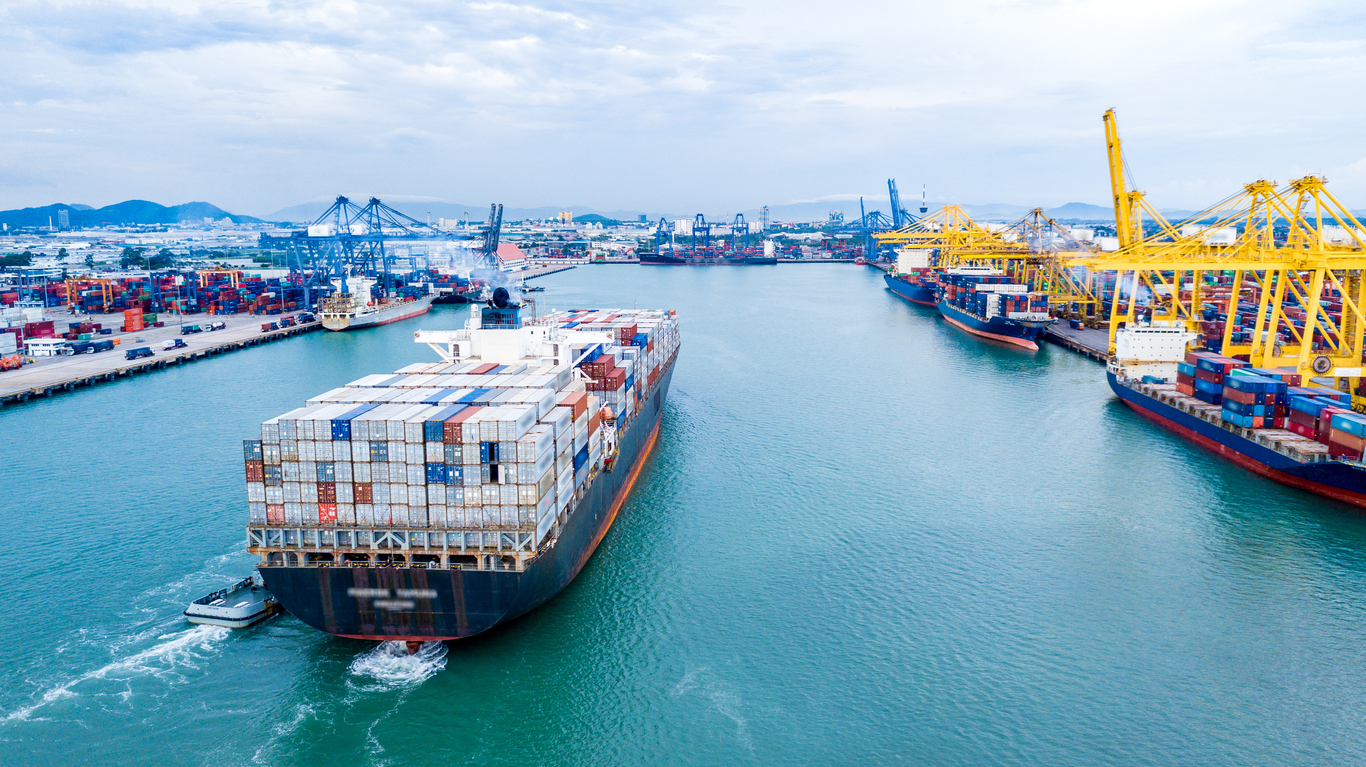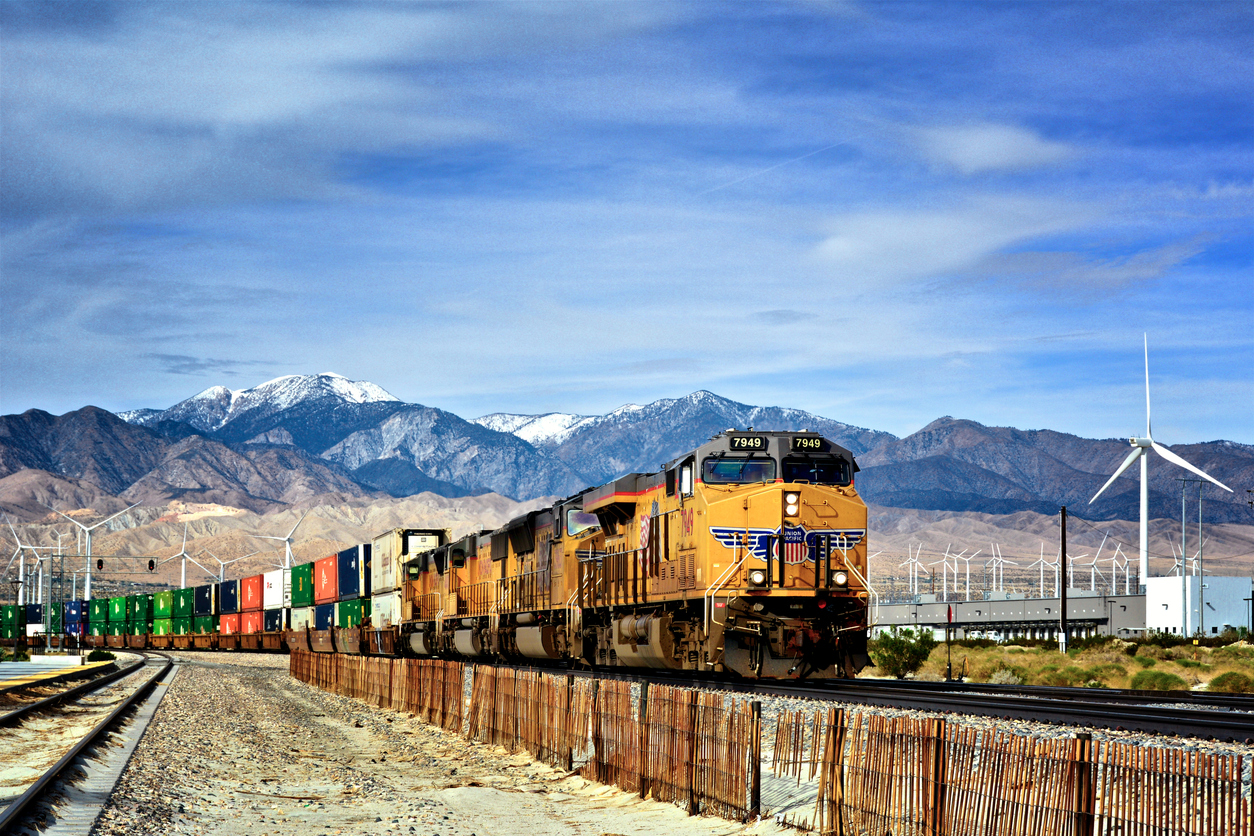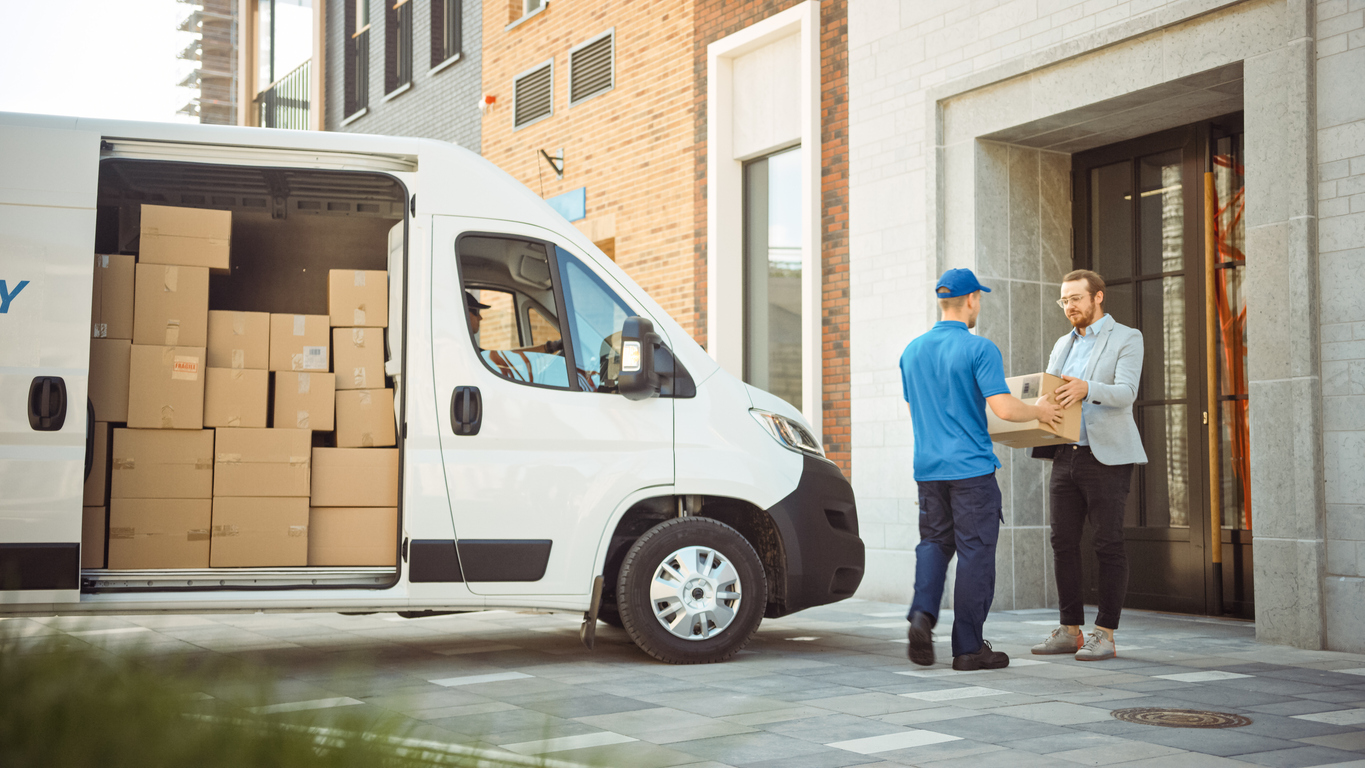Understanding transportation is crucial to supply chain efficiency. Yet, today’s complex transportation structure can make that challenging. Raw materials and finished goods travel across continents and oceans to reach a consumer or company’s door. Moving cargo from a port or dockside warehouse requires careful coordination of ground, rail, and air transportation. Ensuring freight arrives on time and within budget means evaluating the transportation modes to identify those that can streamline operations and optimize processes cost-effectively.
However, understanding transportation modes is only the beginning of developing a resilient supply chain that can handle time-critical components and perishable items while adhering to shipping regulations and environmental concerns. Supply chain logistics must balance shipping costs against customer expectations to achieve acceptable profitability. They must develop advanced strategies that can reduce costs.
Transportation Modes
Supply chain shipments involve multiple transportation modes. For example, Brazilian coffee bean farmers use trucks or trains to deliver the beans to a port for shipping outside the country. Depending on time and budget, the beans may be sent by rail, air, or trucks to processing plants where beans are ground into coffee or prepared for whole-bean distribution. The finished products are distributed to resellers or consumers using ground/air transportation.
Sea or Ocean Transportation
Maritime trading dates back millenniums. Sailing ships and man-powered barges moved goods along rivers and across seas. Today, cargo ships can be over 1,300 feet long and 200 feet wide. Their massive size has reduced shipping costs as more goods can be transported per ship. However, crossing times can range from 10 to 20 days in the Atlantic and 15 to 30 days in the Pacific.
Industries that import or export raw materials in bulk use maritime shipping because it has the highest capacity of all transportation modes. Container ships allow smaller items to be placed inside large containers and stacked on a vessel’s deck. While sea transportation may be the most cost-effective for shipping volumes of goods over long distances, delivery times can fluctuate significantly.
Weather conditions and port congestions can delay delivery. If regulations are not followed, cargo restrictions can keep items in customs. Most ocean-going vessels must also adhere to preset shipping routes and schedules.
Rail Transportation
Railroads are an integral part of any transportation network. On-dock rail systems can move cargo from ships to warehouses, distribution centers, or freight carriers. They are especially useful for transporting high-volume materials such as agricultural products from landlocked locations.
Railroads serve as a connecting link in supply chain logistics. They can move cargo to and from a seaport and carry bulk and container freight across countries and continents. Railroads adhere to a predefined schedule and routes, although they can be delayed due to weather or poor track conditions. Shipments may be delayed for rail cars crossing international borders.
Although rail cars can transport bulk commodities, they have weight limitations and may not support over-sized loads. Their travel routes are restricted to their track systems and may not be available in all areas. Nevertheless, they are a cost-effective method for intermodal transport.
Air Transportation
Cargo planes transport freight cover long distances in a matter of hours. However, air transport is expensive, and on-time arrival is not guaranteed. Weather conditions can ground planes, geopolitical unrest can force rerouting, and air traffic can delay arrival and departure times.
Time-sensitive cargo like electronics and pharmaceuticals rely on air freight to deliver products quickly. For shipping high-value, low-volume goods, air transport may be the best option, although there are size and weight restrictions. Some dangerous materials or goods may require added security measures.
Ground or Road Transportation
Trucks are the backbone of supply chains. When planes land, ships dock, and trains arrive, their cargo must move to warehouses, distribution centers, or centralized locations. Without ground transportation, the movement of goods would not happen. Although long-haul trucking is part of the road travel landscape, it is not the only transport service trucks provide.
When considering ground transportation, logistics personnel must consider the costs associated with drayage, less-than-truckload (LTL), full truckload (FTL), and small parcel options.
Drayage
Drayage refers to short-distance freight transport that requires less than eight hours from pick-up to delivery. It is the link that connects different travel modes in multimodal or intermodal transport. For example, Brazilian coffee beans need to be delivered to a processing plant 120 miles from the port. The transport of the beans from the ship to the processing plant is drayage. Drayage charges may appear as a line item on an invoice or be included in an intermodal or multimodal contract.
LTL and FTL
Whether to ship cargo using LTL or FTL services depends on several factors, including the shipment’s size and weight, durability, and time constraints. Large shipments over 15,000 pounds usually make up a full truckload. Even if the cargo does not meet weight or size requirements, a full truckload may be a better option if the products are fragile, as cargo is only handled during loading and unloading.
LTL shipping lowers costs because customers only pay a percentage of the truck’s capacity. Delivery schedules are longer depending on the number of stops the truck makes for offloading cargo. If security is a concern, FTLs are sealed after loading and are only unsealed on delivery.
Small Parcel Shipments
With the rise in eCommerce, small parcel shipments have become a specialized transport option for delivery to customers or resellers. Sellers pack finished products in single packaging that weighs less than 70 pounds. The shipping carrier transports the package from drop-off or pick-up through to the last-mile delivery.
When evaluating small parcel shipping options, retailers, online merchants, and resellers should consider the following:
- Transit Times: How fast does the package need to arrive? Not all carriers offer the same delivery times or at equivalent prices. Different carriers may be necessary for individual products depending on the number and type of product. For example, some carriers will not handle temperature-controlled items like pharmaceuticals.
- Distance: Zones determine shipping costs. Shipping zones are assigned a number based on the distance a package travels from its point of origin to its destination. The zone defines the base shipping costs. Other charges may be added for special handling.
- Weight: Parcel shipping considers actual and dimensional weight. Actual weight is how much the package weighs as measured on a scale. Dimensional (DIM) weight is calculated based on a package’s dimensions or the space required during transport. The shipping cost uses the greater of the two weights.
- Special Handling: Certain products require special handling based on government regulations. For example, the US Department of Transportation lists hazardous materials and how they should be shipped. Failure to comply may result in fines or penalties.
Understanding the pros and cons of small parcel shipping ensures that a suitable carrier is found for each product and shipment.
Transportation Logistics
Streamlining a supply chain begins with understanding the transportation modes for shipping freight and small parcels. It means weighing the pros and cons of each method to determine which option is the right solution for each link in the supply chain. Without that awareness, organizations will struggle to pivot to an alternative transportation mode if a disruption occurs.
Selecting the transportation modes for a supply chain is only the beginning of developing resiliency. The next step is finding the tools to streamline the process and using benchmark key performance indicators (KPIs) to determine effectiveness. From that information, strategies can be developed to reduce costs without diminishing quality. Contact us to learn more about how Symbia Logistics simplifies the complexities of supply chain transportation.
Sources
https://ship.nridigital.com/ship_jun24/top_10_largest_container_ships










